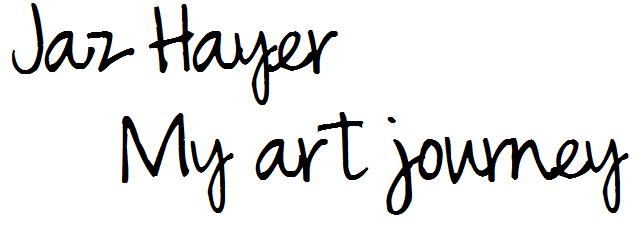As I am creating an installation for my exhibition, I have been considering how I would display, share, and celebrate the work of my participants.
Then it came to me... sandwich bags!
I want to create an archive of the responses that have been created by my participants, in addition to documenting their participation in doing this. In order to do this, I would like to use sandwhich bags.
Many of the responses that I have currently recieved back from my pack of materials were contained within the sandwich bags that the original task was provided in. As participants have contributed to this task, it is the case that they have contributed more of their identities than they may have originally anticipated.
For example, their fingerprints, their breath, any loose hairs that may have fallen out etc. I would like to preserve these elements in addition to the responses that have been created. I feel that displaying the participants responses in individual bags would really enhance and support the idea of individuality, and that no one identity is the same as another at any one moment in time.
I am also thinking of placing all of the Facebook responses that I have recieved in sandwich bags to keep this idea consistent, and the same. In this way, my intention is to allow the response of each person to stand alone and be unique.
The word 'identity' means extremely different things to us all and this has been echoed through the diverse range of responses that have been created.
The idea of using sandwich bags has stemmed from being inspired by watching numerous episodes of CSI, where individual pieces of evidence are preserved and sealed within individual bags, and documented. Once the evidence bags have been sealed, everybody else is physically denied access inside. However due to the translucent property of the bags, the evidence can still be seen and accessed to a certain point.
If I consider the nature of sandwich bags, and placing my participants responses within them, this would achieve a similar impact. Many responses that my participants have generated are 2D, whereas on other responses, participants have created 3D responses e.g. using both sides of the materials.
I think that this would add a sense of fascination to the pieces that my participants have created, whilst also restricting how much of another persons identity can actually be accessed and interpreted.
I am also thinking of placing all of the Facebook responses that I have recieved in sandwich bags to keep this idea consistent, and the same. In this way, my intention is to allow the response of each person to stand alone and be unique.
The word 'identity' means extremely different things to us all and this has been echoed through the diverse range of responses that have been created.
The idea of using sandwich bags has stemmed from being inspired by watching numerous episodes of CSI, where individual pieces of evidence are preserved and sealed within individual bags, and documented. Once the evidence bags have been sealed, everybody else is physically denied access inside. However due to the translucent property of the bags, the evidence can still be seen and accessed to a certain point.
If I consider the nature of sandwich bags, and placing my participants responses within them, this would achieve a similar impact. Many responses that my participants have generated are 2D, whereas on other responses, participants have created 3D responses e.g. using both sides of the materials.
I think that this would add a sense of fascination to the pieces that my participants have created, whilst also restricting how much of another persons identity can actually be accessed and interpreted.


No comments:
Post a Comment